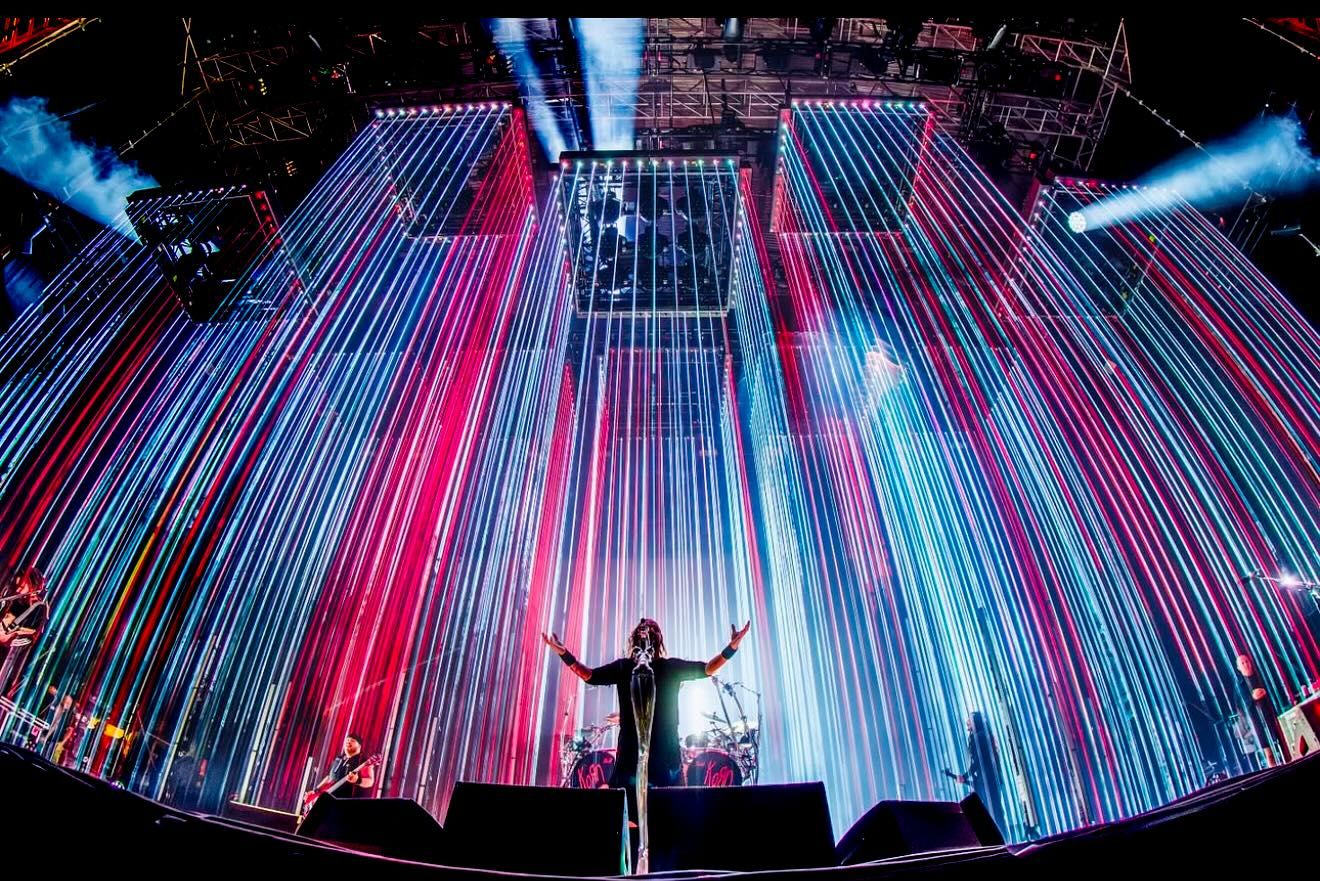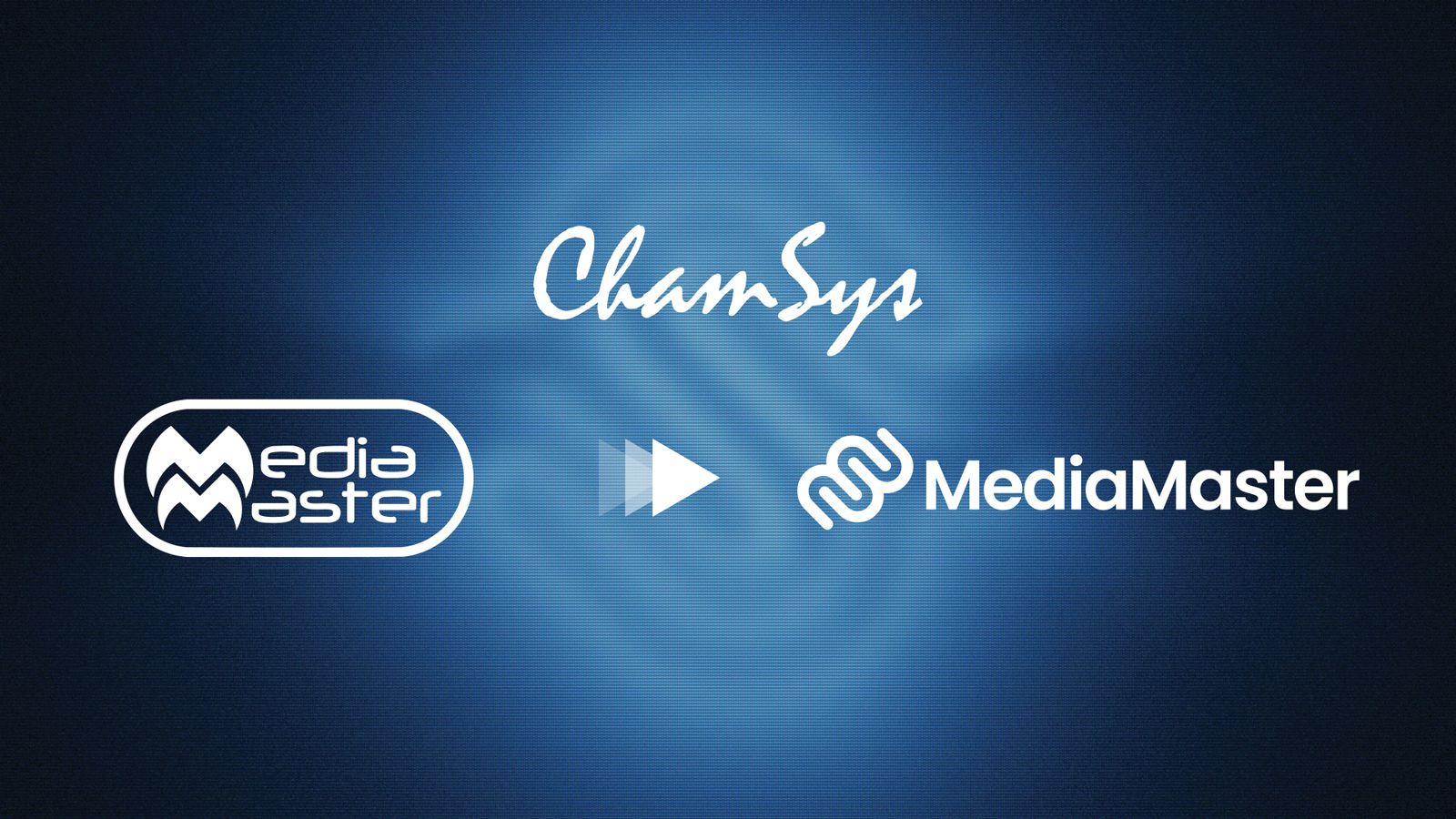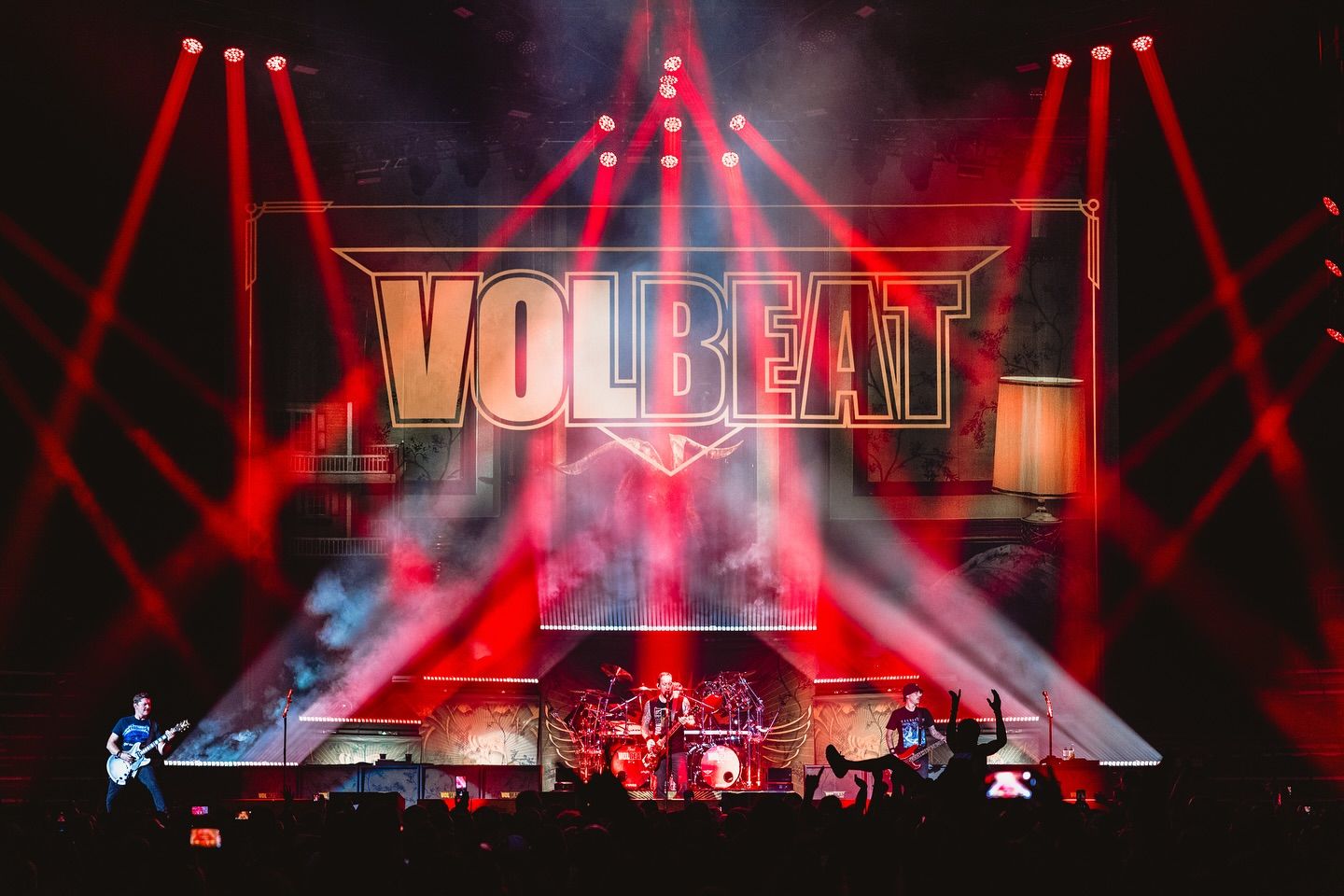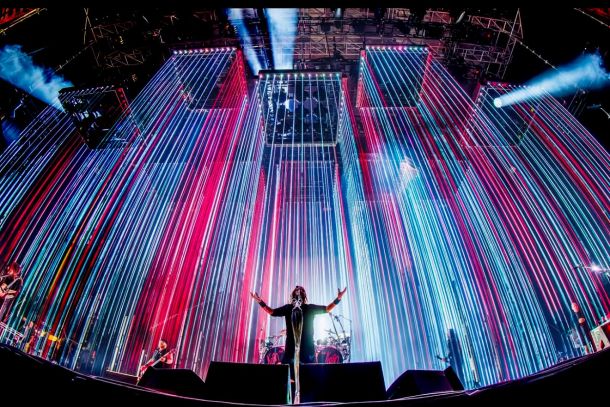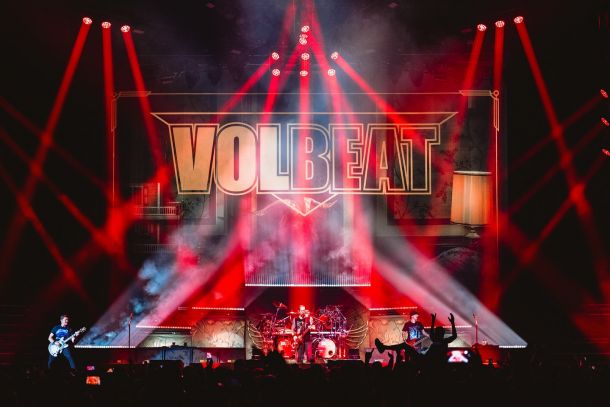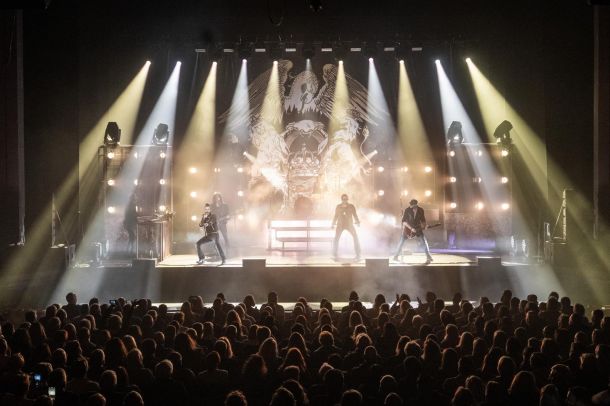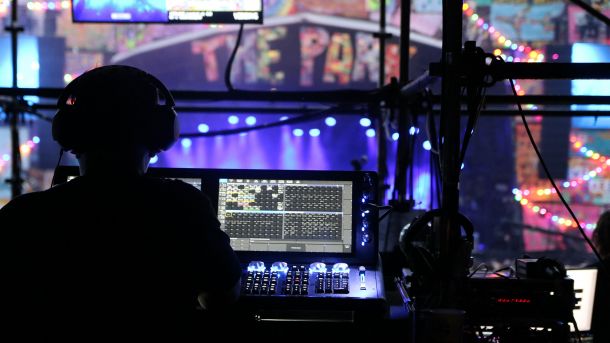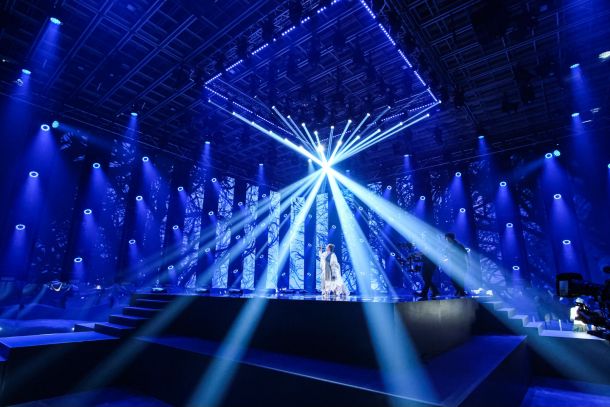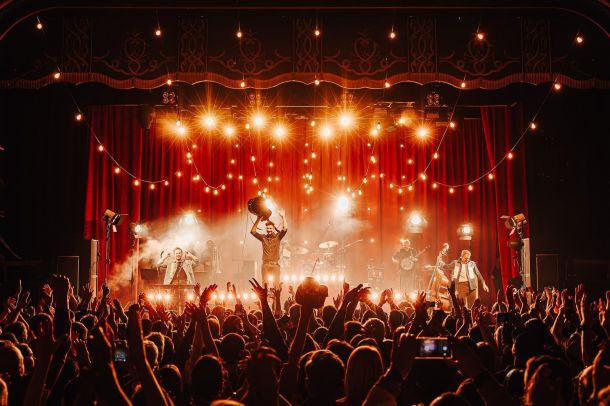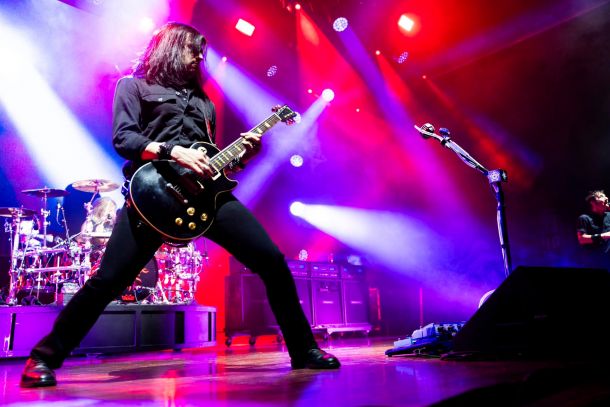ChamSys MagicQ MQ80 At Home in Elsewhere
BROOKLYN – Technically, the “centroid,” or geographical center, of New York City, lies near the corner of Stockholm Street and St. Nicholas Avenue, just a short half mile walk from Elsewhere. This distinguishing feature didn’t enter into the decision of the club’s owners when they opened their business at this spot in Brooklyn’s Bushwick section on Halloween, 2017, but the location is very fitting, considering how their cavernous venue embraces the myriad artistic and cultural influence that give the Big Apple its distinctive and endlessly fascinating flavor.
Every form of the city’s creative expression seems to find a home with the 24,000 sq. ft. confines of Elsewhere, which houses a loft café, art gallery and four performance spaces. It is, as one New York newspaper critic declared, a “community-driven environment where art thrives and different cultures meet.”
Tying this creative cauldron together is a flexible lighting system that includes a large number of moving luminaires and stage fixtures as well as LED panels, most of which are controlled by the house ChamSys MagicQ MQ80 console. Chris Madden, Head of Production at Elsewhere, selected the ChamSys desk as the club’s main console because of its price to performance ratio.
“In addition to having a large number of fixtures, Elsewhere relies heavily on LED installations in the Hall, and throughout the building,” said Madden. “The MQ80 can handle a huge number of universes, in particular for its price point. It allows us to control all of our fixtures and multiple LED installations. Additionally, when artists bring in their own lighting package or video wall to the club, we still have open universes to control them as well.”
Elsewhere’s four performance spaces are The Hall (700 Cap), Zone One (250 cap), the Loft (100 cap) and a rooftop space (500 cap). The MagicQ MQ80 controls the lights in the Hall, where the headliner performances take place, while a MagicQ PC Wing with a computer runs lights in Zone One.
David Wilson, a lighting designer who often runs lights at the club, pointed to a number of reasons why the ChamSys consoles have been so important to Elsewhere. “The flexibility of setting up playback options and programming styles to match our workflow with
external LED mapping programs, in addition to running the moving and static light rig, makes the MQ80 a great fit for this club,” he said. “I also find the tap tempo and global tempo control to be essential for the variety of acts we light at Elsewhere. This allows us to keep our basic looks and adjust their feel from show to show, or act to act.
“Chris Madden, and the head LD Andre Ferreira really hold the place down well,” continued Wilson. “Between them and the ChamSys console, plus all the cool people who come here, this is a very supportive place for an LD.”
True to the spirit of Brooklyn nightlife performances at Elsewhere are characterized by free spirited creativity and improvisation. It’s not surprising then that busking is common to the LD’s stock and trade in these parts.
“Everything in Bushwick is busking,” said Wilson. “The vibe here is DIY, so people really like to get into it. With this in mind, I would say that flexibility is the number one asset that the MQ80 brings to the table for me as an LD. What’s really important, given the flexibility the ChamSys has, is understanding the relationship between your executor pages, playbacks and programmer. Once you get that down, things start to move quickly.”
Wilson explained how this relationship between LD and console works out for him at Elsewhere in Brooklyn. “I slide faders with my left hand and bump with my right — so with my ChamSys, I like to have a few key group intensity faders on my left, with effects in the cue stack, along with a global intensity effect fader,” he said “Then in the middle, I’ll have global colors, color Fx and movement. On the right I have a global strobe fader and a blackout fader with both bumps set to swap so any accents can really be felt.”
When there’s a visiting band, as opposed to a DJ, Wilson makes sure to have the blinders on a separate fader. He also likes to keep the crossfader as global rate, and the tap timer set to selected cue stack.
“We have cues for backgrounds, but we rely on busking and improvisation for our shows,” he said. “Things can go in a lot of directions here, so yeah the ChamSys’ versatility makes it right at Elsewhere.”
Photo Credit: Luis Nieto Dickens

